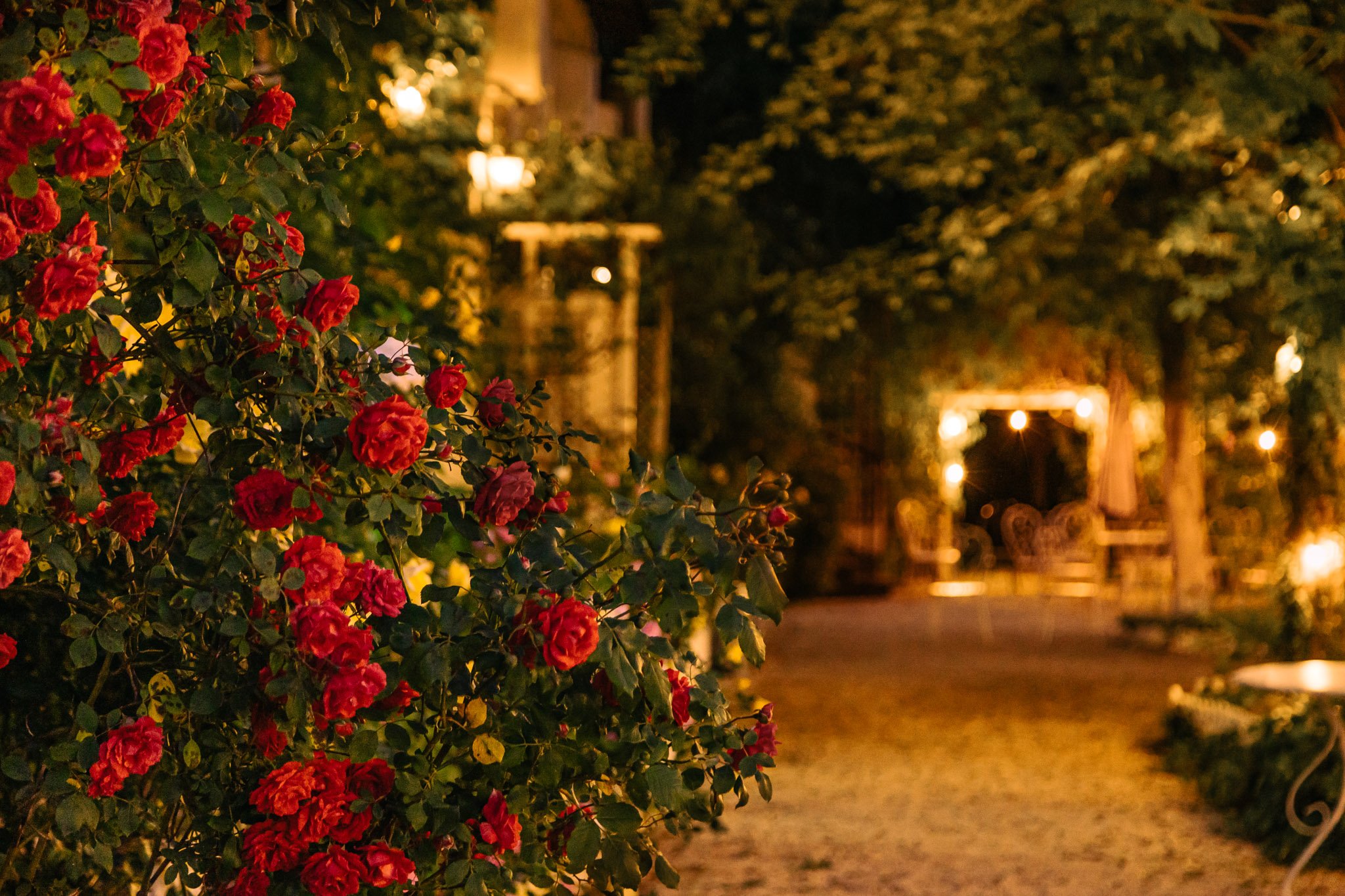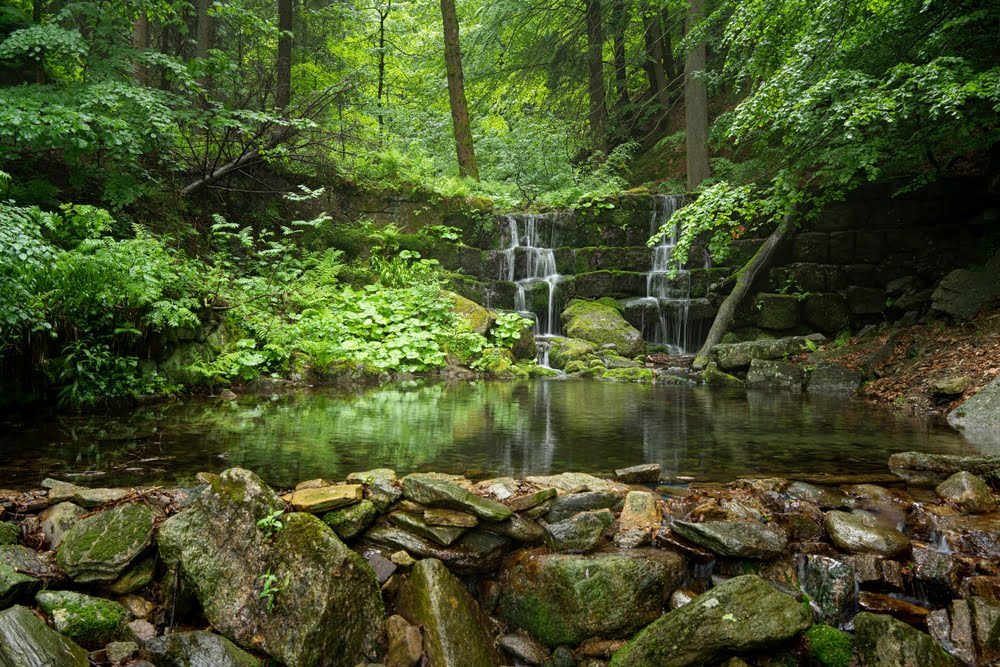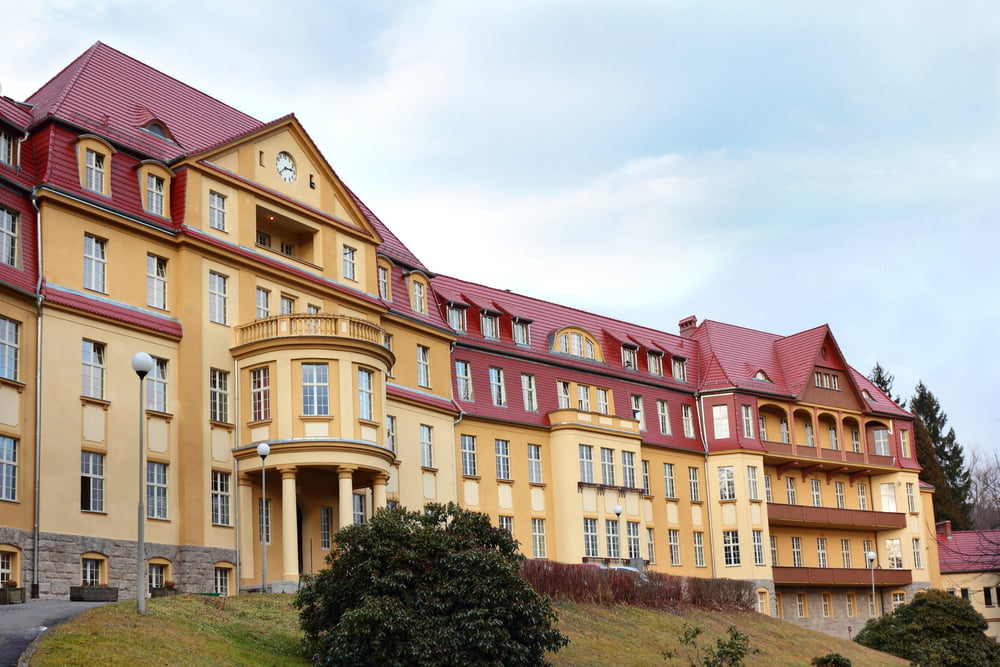Kowary is a charming town located near Karpacz. It is located between Rudawy Janowickie and the Karkonosze Mountains, right next to the border with the Czech Republic. It is an ideal place for active recreation. They are appreciated by cross-country skiers, hiking enthusiasts, cyclists, outdoor horse riding fans, and paragliders. In addition to its landscape values, Kowary is also a town with a rich history and mining tradition, traces of which can be seen in historic adits.
Kowary – from the pages of history
The history of the town is directly related to the iron ore found in the area. At the beginning of the 12th century, on the slope of Rudnik, near today's Kowary, Walloon seekers of precious minerals and metal ores discovered iron ore in the local soil. They started mining it, and the settlement they established gave rise to the town of Kowary.
Kowary received city rights in 1513 from King Władysław Jagiellończyk. Kowary was then one of the leading centers of the Lower Silesian iron industry. Unfortunately, during the Thirty Years' War in the 17th century, the town was destroyed. Most of the functioning adits were flooded. The town was incorporated into Prussia, and iron ore mining returned only after the end of World War I. After World War II, magnetite was also mined, as well as – in strict secrecy – uranium.
Wedding, corporate event or with friends?

What is worth seeing when visiting the town?
By visiting Kowary, you have the opportunity to immerse yourself in the fascinating history of the region. The following attractions await tourists:
- Underground Tourist Route "Sztolnie Kowary" – mysterious mine corridors, where you can learn not only about the history and mining techniques of extracting iron ore and other valuable ores.
- Underground Tourist Route "Podgórze Mine" – it is a completely radiation-safe former uranium mine, where you can admire not only mining tools and mine maps, but also the largest collection of uranium glass in Poland.
- Museum of Sentiments – this is the only place in the region where you can fully feel the atmosphere of the Polish People's Republic and also see such "gems" as the stand from which Edward Gierek spoke, the laboratory of the Carpet Factory, an "adults only room", a doctor's office, and an old cinema, or a period bathroom.
- St. George's Chapel Anna on a hill, which was built in 1772 on the ruins of an earlier temple. It was built of broken stone, on an elliptical plan. According to the design of Kasper Jentsch, it represents the late baroque style.
- Miniature Park of Lower Silesia Monuments, which contains carefully prepared miniature versions of 60 of the most important objects that constitute the attractions of the area, including: Czocha Castle, the Karkonosze Mountains with Śnieżka, Gerhart Hauptmann's villa, the Palace in Mysłakowice, the Palace in Moszna, the Orthodox Church in Sokołowsko, the "Samotnia" shelter, the Silesian House, the Chapel of St. Wawrzyńca on Śnieżka, or the Town Hall in Wrocław.
- Bukowiec Hospital complex from the beginning of the 20th century, surrounded by a park with ponds,
- half-timbered Wysoka Łąka Hospital, whose appearance refers to the sanatorium in Davos, Switzerland, and was designed by the famous Wrocław architect - Karl Grosser.
- Okraj Pass, which is located at an altitude of 1,046 m above sea level and divides two Karkonosze ridges: Kowarski and Lasocki. There are two atmospheric tourist shelters on its territory. One of them is "Na Przełęczy Okraj" on the Polish side, the other - "Pomezni bouda" on the Czech side. The route to the pass takes about 2.5 hours (following the blue trail from Kowary or the red trail from Równia pod Śnieżką).

What else awaits tourists visiting Kowary?
Kowary is a region that is extremely popular, especially among cross-country skiers. Perfectly prepared and picturesque running routes await them here on the slope of Góra Wałowa and in the area of the Okraj Pass. In summer, these routes are used by mountain biking and horse riding enthusiasts.
In turn, Mount Rudnik is used by paragliders who take off from it and then fly over the heads of tourists. According to paragliders, the views are stunning! Thanks to the large number of meadows and pastures, there is always a safe landing space waiting for them.
